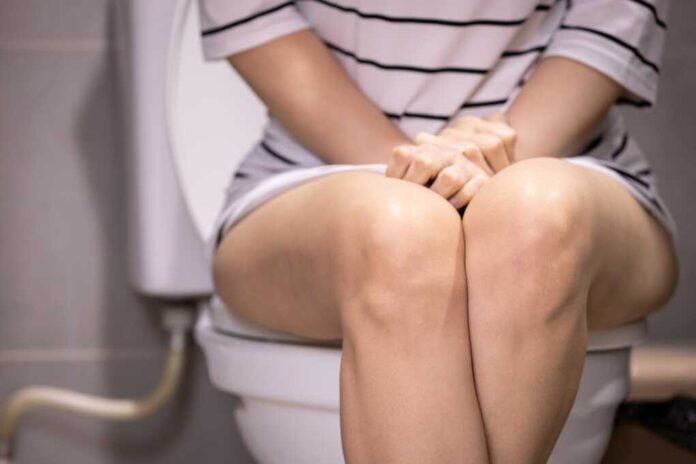
Your smartphone habit in the bathroom might be quietly destroying your body in ways you never imagined.
Story Snapshot
- Peer-reviewed studies confirm smartphone toilet use increases hemorrhoid risk by 46%
- Each additional minute of phone use while seated raises risk by 26%
- Most users spend extended time reading news and scrolling social media
- The link remains strong even after controlling for diet, exercise, and other factors
The Silent Epidemic Hiding in Your Bathroom
Medical researchers at Beth Israel Deaconess Medical Center have uncovered something disturbing about our daily routines. The innocent act of checking your phone while using the toilet has become a significant health risk factor. Their multivariate analysis reveals that smartphone users in the lavatory face nearly 50% higher odds of developing hemorrhoids compared to those who keep their devices outside the bathroom door.
The mechanism behind this modern health hazard lies in a simple behavioral shift that escaped notice for years. Before smartphones, bathroom visits averaged just a few minutes. People might glance at a newspaper or magazine, but the content was limited and finite. Today’s endless scroll of social media feeds, news articles, and videos transforms what should be brief biological functions into extended sitting sessions that stress the very anatomy we’re trying to relieve.
Watch: Phone use on toilet raises hemorrhoid risk, researchers find
The Turkish Discovery That Changed Everything
The first major breakthrough came from Turkish researchers in 2020, who noticed an alarming pattern among hemorrhoid patients. Those who brought smartphones into the lavatory consistently spent more time seated, and their symptoms were more severe. The study revealed a dose-response relationship that medical professionals couldn’t ignore. Each additional minute of smartphone use corresponded to a 1.26-fold increase in hemorrhoid risk, creating a mathematical certainty that longer phone sessions meant greater danger.
What made this discovery particularly compelling was its consistency across different populations and age groups. The risk wasn’t limited to older adults or those with pre-existing conditions. Young, otherwise healthy individuals who spent time scrolling through Instagram or reading news articles while seated were developing a condition typically associated with pregnancy, chronic constipation, or advanced age.
The Anatomy of Digital Distraction
The human body wasn’t designed for prolonged toilet sitting, yet smartphone engagement makes it effortless to lose track of time. News consumption accounts for 54.3% of toilet smartphone activity, while social media scrolling represents 44.4% of usage. These platforms are specifically engineered to capture and hold attention through variable reward schedules and endless content streams that make natural stopping points nearly impossible to identify.
Hemorrhoids develop when increased pressure affects the blood vessels around the rectum and anus. Extended sitting creates the perfect conditions for this pressure buildup, regardless of whether you’re straining. The smartphone simply ensures you remain in the compromising position long enough for vascular damage to occur. What begins as casual browsing becomes an unwitting medical experiment on your own circulatory system.
Sources:
PLOS One – Smartphone Use and Hemorrhoid Risk Study
PMC – Multivariate Analysis of Toilet Smartphone Use
PubMed – Beth Israel Deaconess Medical Center Research
Turkish Journal of Colorectal Disease – Original Smartphone-Hemorrhoid Link Study
Beth Israel Deaconess Medical Center – Official Press Release
ClinicalTrials.gov – Ongoing Research Protocol


















